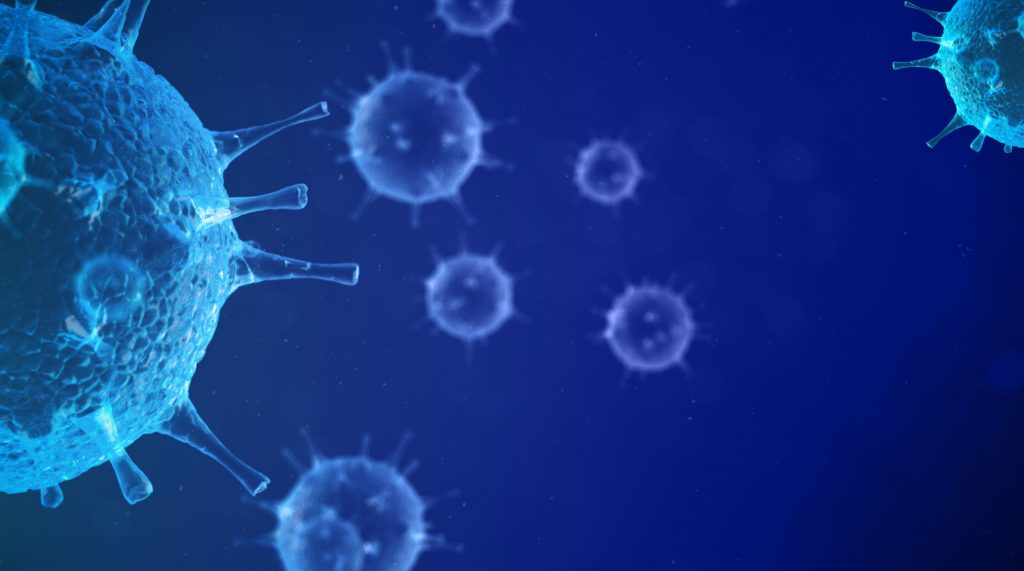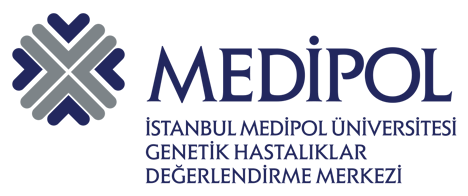Coronavirus Infections and Novel Coronavirus (2019-nCoV) (COVID-19)


Prof.Dr. Recep Öztürk
Coronaviruses are important human and animal pathogens. It is a zoonotic virus. The many types of coronaviruses are enveloped RNA viruses.
Coronaviruses often cause colds in humans. During epidemics, approximately one-third of community-acquired upper respiratory tract infections in adults are caused by coronaviruses; They can also cause severe respiratory tract infections in children and adults. Diarrhea may be seen in infants and children during the disease.
In temperate climates, coronavirus infections are most common during winter, sometimes less frequently in autumn and spring.
Outbreaks of some viruses in this family in recent years draw attention with higher case fatality rates.
The SARS-CoV epidemic, which started in China’s Guangdong Province in 2002, has spread to 17 countries. In the SARS-CoV epidemic, 8098 people became ill, and 774 people died. (case fatality rate: 9.55%)
The MERS-CoV virus epidemic, which started in Saudi Arabia in 2012, spread to 27 countries globally, and 861 out of 2499 people who got sick died. (case fatality rate: 34.45%)
In December 2019, it was noticed that there was a cluster of pneumonia cases admitted to the hospital in the city of Wuhan, Hubei Province of China. The relationship of the first cases with the animal market in Wuhan has attracted attention. This Sunday was closed on January 1, 2020.
After the examinations, it has been shown that the causative agent of the disease is a new coronavirus 2019-nCoV, which is 85% similar to bat SARS-CoV.
The World Health Organization (WHO) gave a new nomenclature for 2019-nCOV, calling the disease COVID-19.
As of February 26, 2020, the COVID-19 infectious disease has spread to 40 countries outside China. Worldwide, 80994 people got the disease, 2760 people died (case fatality rate: 3.40%), 30000 people recovered. The countries with the highest number of cases after China (78064) are South Korea (1141), Italy (322), Japan (170), Iran (95), Singapore (91). The very high number of deaths compared to the number of cases in Iran suggests that there may be many more cases than detected. Although the World Health Organization has declared an “International Public Health Emergency”; the situation may progress towards a pandemic declaration. The significant decrease in the number of cases seen in China recently is promising in terms of disease prevention and control.
The virus is transmitted through airborne droplets and by close contact. Although the incubation period can be extended up to 14 days, the cases are generally seen within the first five days. It is thought that each sick person can infect 2-3 people. It has been shown that transmission can occur in the asymptomatic period.
The disease starts with fever, cough, and shortness of breath as clinical symptoms; cough and shortness of breath may increase in the following periods, and pneumonia may develop with respiratory distress. In severe cases, respiratory failure, septic shock, and other organ failures that require intensive care develop.
The disease progresses more severely in the elderly and the presence of other accompanying diseases.
In the definition of COVID-19 infection, detection of virus RNA in respiratory tract samples by polymerase chain reaction (RT-PCR) is used. The development of tests based on antigen or antibody detection continues.
Moderately severe cases are followed in the hospital, while other patients are followed up at home with close observation. There are publications on the effects of chloroquine, lopinavir/ritonavir, remdesivir, and some other molecules in treatment.
Protection is the essential issue in the process. It is crucial to take airway precautions in standard, contact, droplet, and aerosol-generating situations for patients hospitalized in healthcare institutions. It is vital to wash hands and not to touch the mouth and nose. According to the isolation situation, it is mandatory for the healthcare personnel serving the patients to use the necessary personal protective equipment (gloves, medical mask, N95 or equivalent mask (in case of aerosol risk), glasses, face shield).
In our country, the Ministry of Health continues the necessary studies on the subject without interruption, takes different measures, and gives information. Relevant guides and other documents, which are regularly updated, can be accessed from the web pages of the General Directorate of Public Health.
Resources
CDC. Coronavirus Disease 2019 (COVID-19). https://www.cdc.gov/coronavirus/2019-ncov/index.html (accessed February 25, 2020)
https://www.arcgis.com/apps/opsdashboard/index.html#/bda7594740fd40299423467b48e9ecf6 (accessed February 26, 2020)
https://www.worldometers.info/coronavirus/ (accessed February 25, 2020)
TR Ministry of Health. Scientific Committee Study. COVID-19 (2019-n CoV Disease) Guide.
https://hsgm.saglik.gov.tr/depo/birimler/Bulasici-hastaliklar-db/hastaliklar/2019_n_CoV/rehberler/COVID_19_RehberiV5_21Subat2020.pdf (accessed on February 25 2020)
TR Ministry of Health. New Coronavirus (COVID-19) Documentation
https://hsgm.saglik.gov.tr/tr/bulasici-hastaliklar
